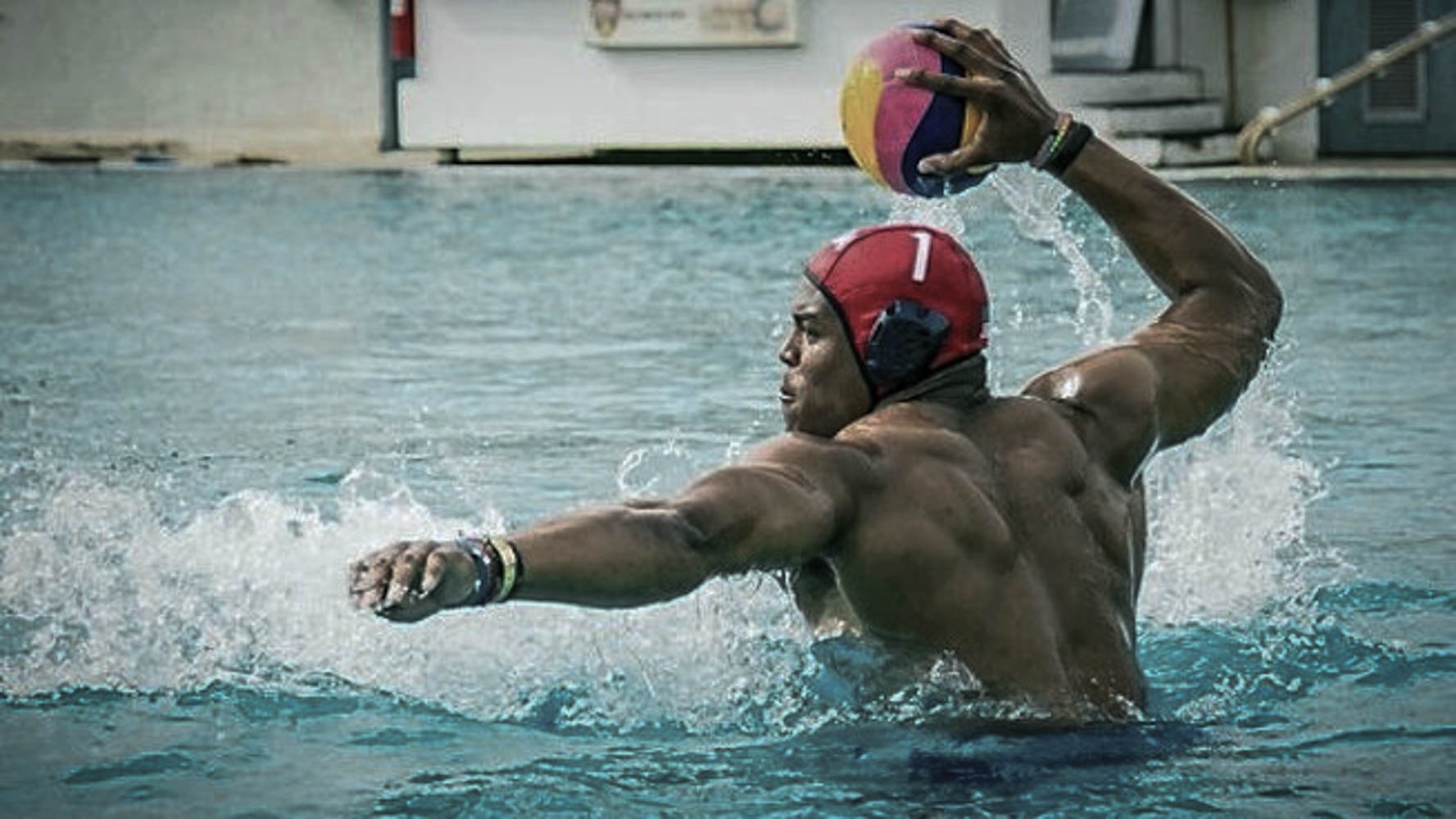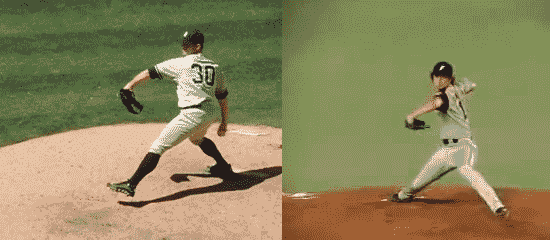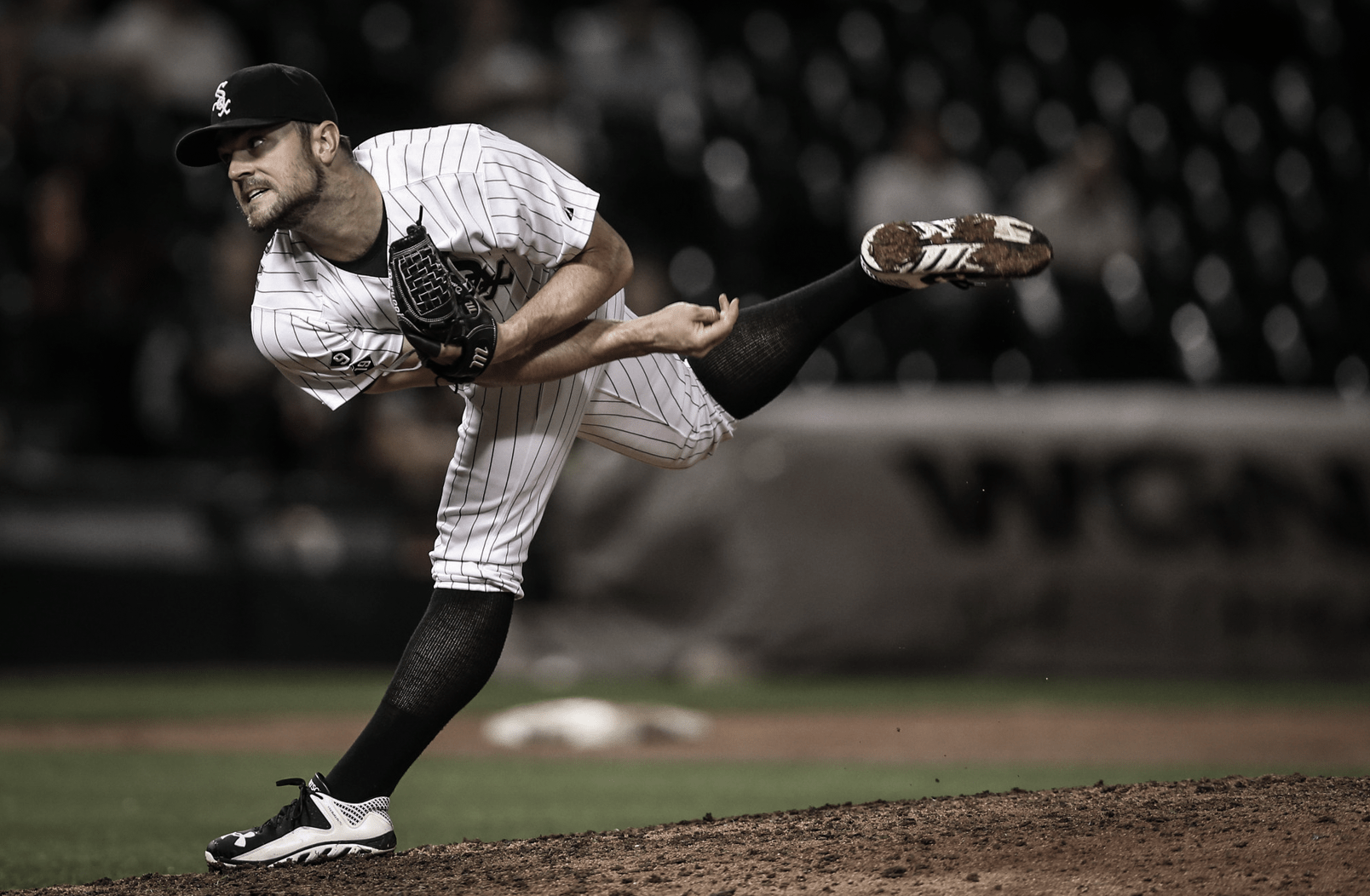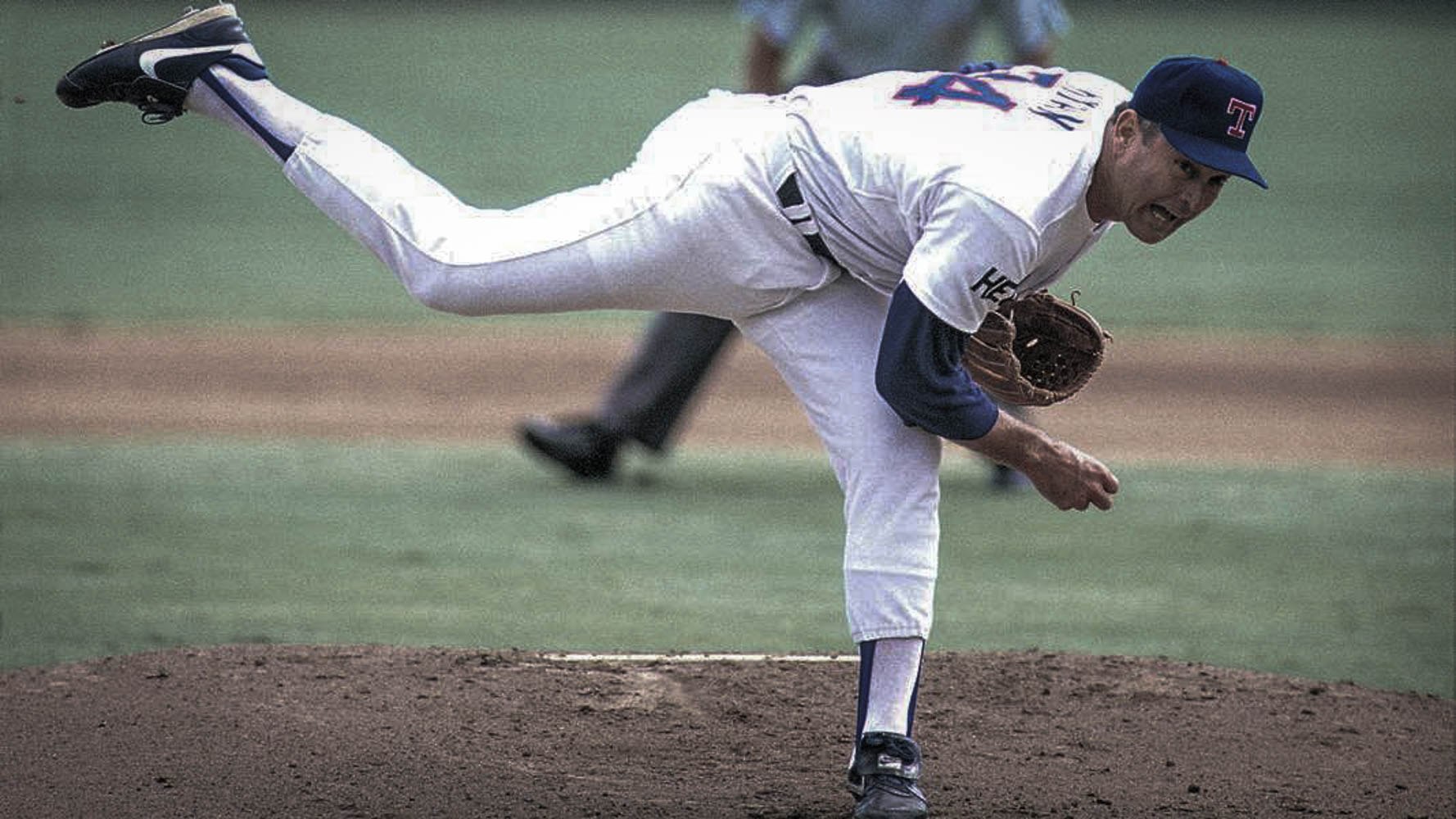Why We Don’t Teach Equal and Opposite (Or a Firm Front Side)

There are a lot of over-simplified cues when it comes to pitching mechanics in the hopes of making the frustrating art of throwing 90+ MPH with precision a simple task. Obviously this isn’t the case, considering how few people can actually do this, despite a massively growing industry of pitching instruction and coaching.
As far as we’re concerned, universal cues range from cute and worthless to terrible and worthless. There simply aren’t any good universal cues that involve positioning the body in specific areas and spaces, because not everyone has the same proprioceptive system.
No two pitchers feel the same way about throwing a baseball, and no two pitchers have identical anatomical structures.
Let’s talk about two major cues that we’ll never use, and why.
Equal and Opposite
So first of all, the idea that pitchers that throw hard and throw strikes have equal and opposite arms can be immediately discredited by this image:
This is Jensen Lewis, who pitched a few years in the big leagues as the setup man for the Cleveland Indians, and he threw 90+ with this unequal arm setup at stride foot contact (SFC). Others include Jake Peavy and even Greg Maddux (gasp).
Anecdotally we’ve shown that “equal and opposite” isn’t a law when it comes to pitching mechanics. Scientifically and mechanically, it doesn’t make a lot of sense either. The combined high-speed GIF below is of David Robertson and Yu Darvish – frame rates not equal, I know. Watch their glove arm in respect to the throwing arm carefully.
What is the biggest thing that pitching coaches always talk about to improve velocity? Hip/shoulder separation, right?
But what’s so special about hip shoulder separation? What about separation in other corresponding body parts? After all, the kinetic chain is best optimized when the preceding body part is fully decelerated before the next body part in the chain is accelerated. (Think about elite pole vaulters and their strong block with the pole–or check out our breakdown of the 95 MPH delivery.)
How about… scapular separation?
Look above at Robertson and Darvish. Watch how their glove arm and throwing arm scapulae “disconnect,” as discussed in a previous blog post on our site: Disconnected Pitching Mechanics, a Good Thing? Their glove arms and throwing arms have a vast amount of separation despite throwing from two totally different postures – and both of them finish with strong rotation around the upper spine and a “glove pull” that doesn’t resemble a…
Firm Front Side
This is David Roberston after deceleration/recovery:
Not much of a firm front side, right? Same with Yu Darvish. But that’s how Robertson and Darvish are both able to gain good “extension” towards home plate – which is really just forward rotation of the shoulders – and throw the ball with less casting of the pitching arm:
The “glove-blocking” firm front side pitching myth absolutely kills shoulder angular rotational velocity, which is by far the most important component in creating the 90+ MPH fastball. When you use standard 30 frames-per-second (FPS) video or take stills from Google Images, yeah, it absolutely looks like there is a glove block and the chest goes to the glove. But that’s not what’s actually happening – that is just a stop on the trip! Nolan Ryan didn’t have a strong block with the chest out front after deceleration:
Aside from killing velocity, control problems can be created and/or made worse by the idea that, with ideal pitching mechanics, we should finish with a firm front side and/or a good fielding position (I won’t even get into that garbage argument). When the glove arm deceleration is not sequenced properly in the pitching delivery, residual acceleration will pull the cervical spine (neck) around and off line from the target. While gaze tracking studies don’t show that locking the eyes on the target has anything to do with throwing strikes (yet another myth), pulling the head off line prematurely will vary the release point and screw up a finely-tuned sense of proprioception, which basically any “hands-on” mechanical cue will do. Additionally, stopping the deceleration short by finishing in a good position and blocking the front side will unnecessarily stress both the anterior/posterior shoulder as well as the muscles of the neck.
One pro-arm wanted to discuss this issue when he trained at my facility, so we took a bunch of high-speed video of massive improvements in this regard. After working on the disconnection of the glove arm scapula away from the pitching arm scapula, he was able to reproduce an excellent high-level pattern that should set him up for vastly improved control, velocity, and health:
By the way, his testimonial on our training methods:
Besides being one of the best follows on Twitter, the knowledge I picked up from Kyle has and will continue to prove invaluable in my pursuit of becoming the best pitcher I can be. His understanding of what movement patterns and training modalities lead to a healthy and durable pitcher is truly world class.
As Paul Nyman once said, “we are only capable of seeing what we are capable of seeing.” Tom House disciples and advocates of the towel drill will look at the above image and see a firm front side and a glove blocking pattern, while those who believe in the power of rotation will see a nearly-perfectly decelerated glove arm that allows [the pitcher] to keep his head on-line with the target.
Looking to Add Velocity?
Comment section
Add a Comment
You must be logged in to post a comment.







Glove stops and Kyle Boddy..heady stuff from Driveline.. | ShoulderWorks -
[…] Why We Don
Jimmy -
Kyle, Can you go into the firm glove side topic further? It seems like both you and Wolforth advocate the same glove side movement. Is it more of a semantical argument then anything?
drivelinekyle -
Ron and I agree on it, I think. I have never had an in-depth discussion with him on this topic, however.
Chez Angeloni -
Kyle,
Something I consistently see with guys during the progression of the pivot pick off throw is players tend to set the supinated wrist position and get “pointy” with their throwing elbow leading toward the target (almost like a marshall wrist weight pivot drill; drive the elbow then drive the hand over the elbow). Trevor appears to get very close to this as his elbow rapidly climbs in early torso rotation (which is awesome) and continues to translate trunk rotation fwd with trunk flexion. Specifically, in the video on this post during the movement, when Trevor’s elbow is passing buy his head. He is clearly on the mechanically efficient side of the line as he has an extremely elite and well documented ability to transition from external rotation/supination to internal rotation/pronation. Furthermore, we can clearly see and deduce from his documented training, that the only apparent disconnects are the scapular disconnect you are referring to. How problematic do you see it being when guys are progressing towards efficient pivot pick off throws and they are apparently “disconnecting” the throwing arm from torso rotation to lead with that elbow in anticipation of fwd launch and immediate pronation through release.